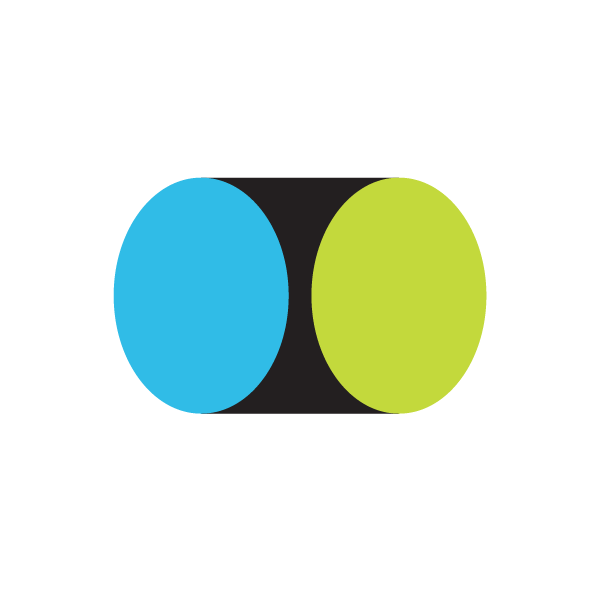When designing a mobile app experience, it’s imperative to first create a clear blueprint for the app, ensuring it meets business objectives. But when the design process begins, it’s vital to leave room for improvement.
User experience (UX) should be dictated by – you guessed it – the user. Even for UX designers with loads of experience building apps for household brands, effective UX is reliant on how it’s received by actual users. All the plans and educated suppositions are mere guesswork until design is presented to outsiders. Their experience and feedback with the app will not deceive.
To truly anticipate the potential shortcomings of an app’s UX design, we recommend obtaining user feedback early and often. Then take those learnings, improve the product, and conduct user tests again … and again.
“Launch, measure, learn, iterate, repeat,” says Pramit Nairi, UX designer, Opus Creative studio contributor, and UCLA design instructor. “It’s a long-term commitment that you make to constantly improve. Edit and improve. It’s not one-and-done.”
Unlike most marketing content, UX design is not an interruptive experience. Its goal is to create experiences that are easy and efficient, helping solve customer-centric problems in customer-centric ways. That’s why it’s important to strictly focus on essential core functions of the app in the initial phases of app design.
Ask the question: What is the app going to do really well? Regardless of the answer, make sure it has no more than three high-level purposes – and try to reduce them to one, if possible.
The best apps we use every day can be drilled down into one function, from a UX perspective. Uber orders taxis. Spotify plays music. Twitter shares content. They are not all things to all people, especially in their early days.
“One problem that happens is you’re trying to do too much,” Pramit says. “You have to figure out what you’re going to nail. Nail the landing. You can try and tackle a whole bunch of things, but many things done average is way worse than two or three things done really well.”
User testing can be conducted before an app is introduced to the world – even during its Minimum Viable Product (MVP) stage. In the planning phase, make sure to identify groups of selected people from within and beyond your organization to share early designs.
User testing involves both the end user of the app, app administrators, and the broad app team responsible for review and feedback. The needs of the user must be reflected by the wants of the app creators, with the ultimate goal of seamlessly delivering messaging and content that drives the business forward.
During user testing, observe how they use the app with an open mind. Don’t ask or correct them – simply watch. The answers to iteration will arrive naturally, without the need to adhere to strict design processes.
As we all know, good design can be subjective. Nobody cares about the process or how you arrived at the design. The question is, did you iterate the product enough to achieve your goal?
